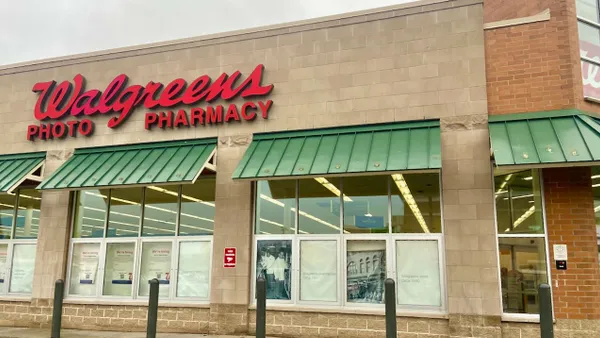Life for brands and retailers has been tough going in recent months, as consumer demand runs into steep inflation on essentials like gas and food. But the major toy companies have posted profits for the second quarter that beat expectations as well as growth in their top lines (albeit modest in Hasbro’s case).
While they chase new markets, categories and licensing opportunities, the toy makers are still coping with high supply chain costs that are consuming margin faster than the companies can increase prices.
Here’s a look at how Mattel and Hasbro did in Q2:
Mattel
Net sales: $1.2 billion | YoY: +20%
Operating profit: $125 million | YoY: +155%
Gross margin: 44.4% | YoY: -310 basis points
Highlights: Mattel Chairman and CEO Ynon Kreiz called the company’s Q2 performance “another quarter of exceptional results” in the face of significant inflation. Its revenue and earnings beat market expectations, though concerns mounted later over the company’s shrinking margins, according to Seeking Alpha.
The culprit, once again, was cost inflation. Materials, ocean freight and other supply chain costs wiped out 570 basis points from Mattel’s adjusted gross margins, Chief Financial Officer Anthony DiSilvestro told analysts. A large chunk of that was offset by higher prices, top-line sales growth and what DiSilvestro called “savings from optimizing for growth.”
Looking ahead, Chief Operating Officer Richard Dickson said Mattel was anticipating the return of the rights to Disney Princess products coming back to Mattel (Hasbro most recently had rights to make Disney Princess products). “It’s obviously a big incremental opportunity for 2023,” Dickson said.
Hasbro
Revenue: $1.3 billion | YoY: +1%
Operating profit (adjusted): $241 million | YoY: +14%
Gross margin: 69.3% | YoY: -230 basis points
Highlights: Gains in Hasbro’s operating profit did not extend to its consumer products division, which posted an operating loss of $6.5 million and operating margin of -0.9%, while revenue rose 7%. (Adjusted operating profit for consumer products was positive at $3.6 million.) Profit declines in the segment came from higher product and freight costs, partially offset by price increases, Chief Financial Officer Deb Thomas told analysts.
The company has seem some of its strongest growth in its offering games via the Wizards of the Coast business. CEO Chris Cocks said in a press release that the division had its biggest quarter ever, led by 15% growth in tabletop gaming and 11% growth in Magic: The Gathering.
Eric Handler, managing director with MKM Partners, said in an emailed note that toy shelves should be “well-stocked for the holidays” given Hasbro’s performance in Q2. “Plans to acquire input materials, manufacture, and ship product earlier than normal to avoid any supply chain hiccups ahead of the holiday season remain firmly in place,” Handler added. “As a result, company-owned inventories were up 74% [year over year] at the end of 2Q.”
Handler also noted Hasbro’s bullishness on the collectibles industry, which is potentially worth up to $5 billion, as well as the company’s “[s]ignificant expansion plans” for Dungeons & Dragons, which include a movie, live-action series and more direct-to-consumer opportunities thanks to the acquisition of the D&D Beyond digital platform.
Asked by an analyst about the much-talked-about expansion of Toys R Us shops in Macy’s department stores, Hasbro Chief Operating Officer Eric Nyman said, “I don't expect it to be significantly material for this year,” but added that “we think that any time you have the chance to put more toys and games in the hands of consumers around the world at holiday, it's a good thing.”













